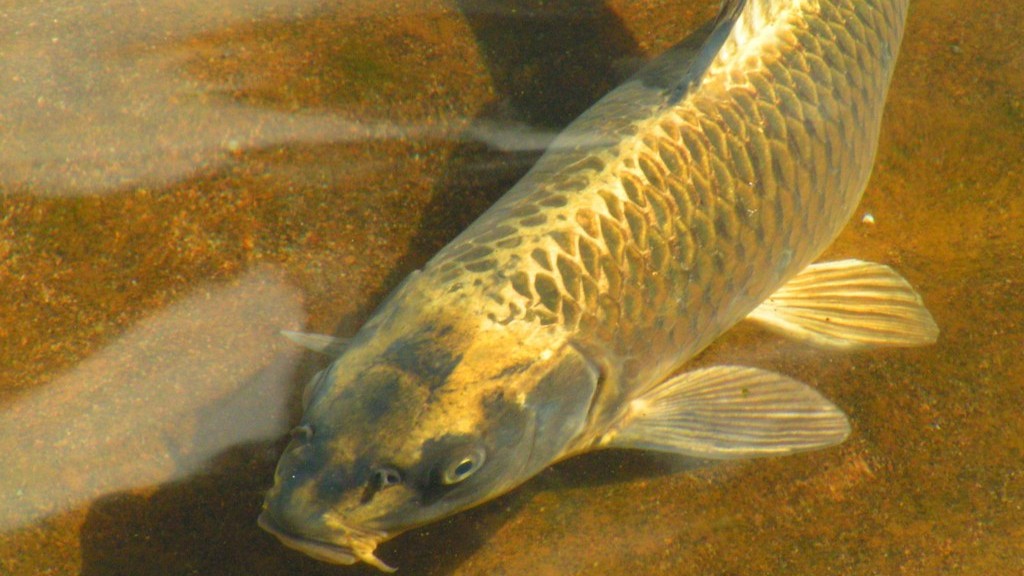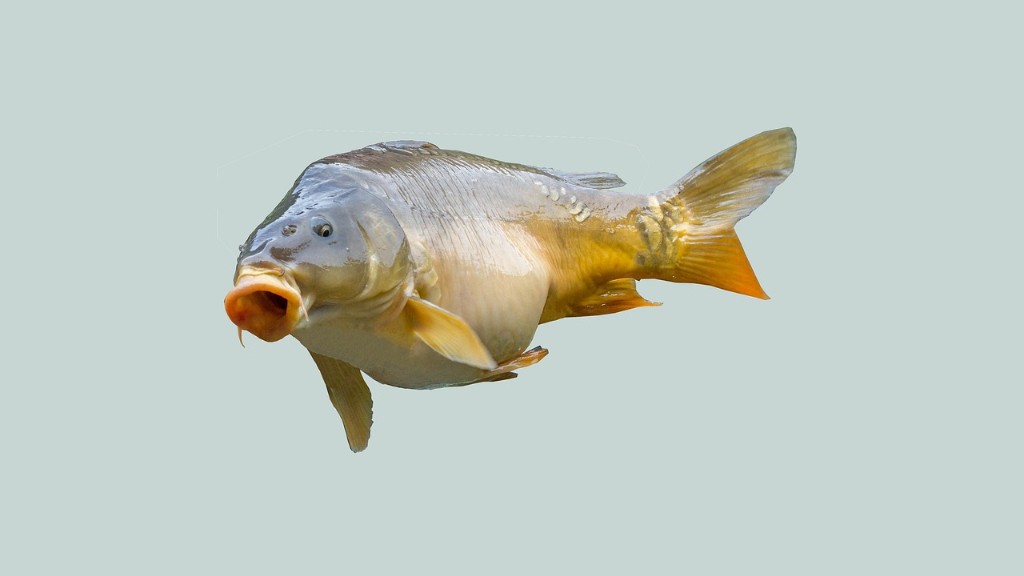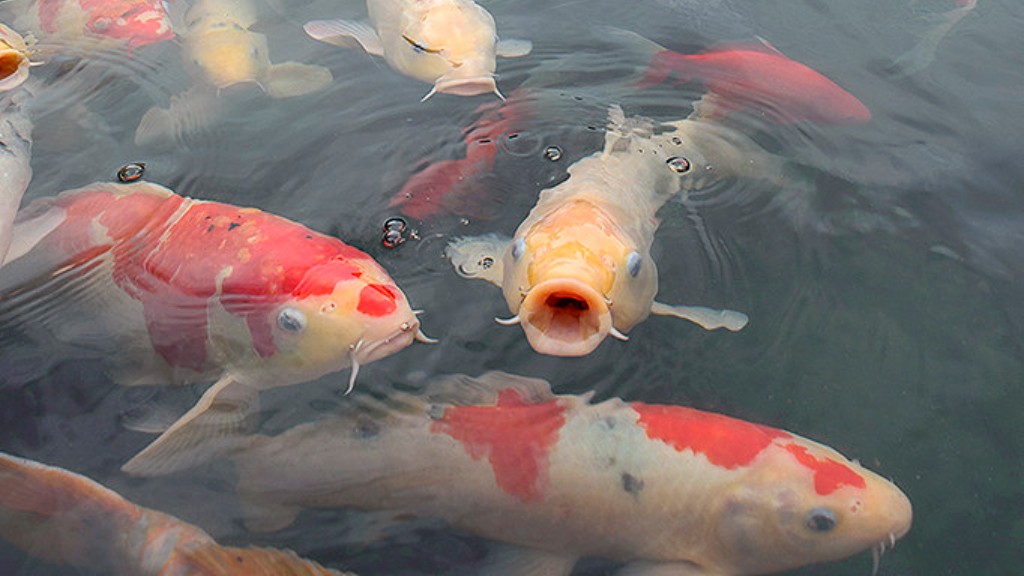Can Carp be Eaten?
Introduction
Carp, scientifically known as Cyprinus carpio, is a fish species that is native to Europe and Asia and has been introduced to various parts of the world. It is a popular fish for recreational fishing, but its culinary potential has been a topic of discussion. In this article, we will explore whether carp can be eaten and discuss its taste, nutritional value, and culinary uses.
Taste and Texture
The taste of carp is subjective and can vary depending on various factors such as the age, diet, and habitat of the fish. Generally, carp has a distinct flavor that is often described as earthy, muddy, or “fishy.” Some individuals find this taste unpalatable, while others enjoy its unique flavor profile.
In terms of texture, carp can be quite firm and meaty. The flesh is typically white and has a moderate level of fat content, which contributes to its texture and mouthfeel. The texture of carp is often compared to that of catfish or tilapia.
Nutritional Value
Carp is not only a versatile ingredient in the kitchen but also has nutritional benefits. It is an excellent source of protein, which is essential for tissue repair and growth. In addition, carp is rich in omega-3 fatty acids, which are known for their heart-healthy properties. These fatty acids have been linked to a reduced risk of cardiovascular diseases.
Carp also contains important vitamins and minerals, including vitamin D, vitamin B12, and selenium. Vitamin D is crucial for bone health and immune function, while vitamin B12 supports brain health and red blood cell production. Selenium is an antioxidant that helps protect the body against oxidative stress.
Culinary Uses
While carp may not be as popular as other fish species in many Western countries, it is widely consumed in various cuisines around the world. In Eastern European countries, such as Poland and Germany, carp is a traditional Christmas dish. It is often prepared by baking or frying the fish and serving it with flavorful sauces and side dishes.
Carp can also be used in a variety of recipes, including soups, stews, and curries. Its firm texture makes it suitable for grilling or smoking, creating a smoky flavor that complements the taste of the fish. Carp can be marinated or seasoned with herbs and spices to enhance its flavor.
Sustainability Concerns
When considering the consumption of carp, it is important to address sustainability concerns. Carp is known as an invasive species in many ecosystems, as it can reproduce rapidly and compete with native fish species for resources. Consequently, consuming carp can help control its population and mitigate its impact on biodiversity.
However, it is crucial to ensure that carp is sourced from sustainable fisheries or farms. Look for certifications such as the Marine Stewardship Council (MSC) or the Aquaculture Stewardship Council (ASC) to ensure that the carp you consume is caught or raised in an environmentally responsible manner.
Conclusion
In conclusion, carp can be eaten and has both culinary and nutritional value. Its taste and texture may not appeal to everyone, but it is worth trying in different recipes and cooking methods. Carp is rich in protein, omega-3 fatty acids, and essential vitamins and minerals. It is a versatile ingredient that can be used in various dishes, and its consumption can also contribute to sustainability efforts by controlling its population in certain ecosystems. Next time you come across carp, give it a chance and explore its flavors and potential in the culinary world.


